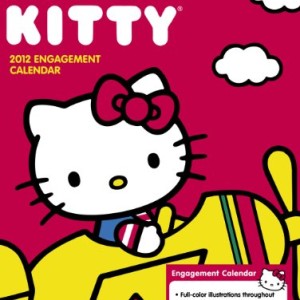Description
Few creatures of horror have seized readers’ imaginations and held them for as long as the anguished monster of Mary Shelley’s Frankenstein. The tale of Victor Frankenstein’s terrible creation and the havoc it led to has enthralled generations of readers and inspired countless writers of horror and suspense. Taking into account the unconventional’s enduring good fortune, it’s remarkable that it all started merely as a whim of Lord Byron’s.
“We can each and every write a story,” Byron announced to his next-door neighbors, Mary Wollstonecraft Godwin and her lover Percy Bysshe Shelley. The buddies were summering at the shores of Lake Geneva in Switzerland in 1816, Shelley still unknown as a poet and Byron writing the third canto of Childe Harold. When continued rains kept them confined indoors, all agreed to Byron’s proposal.
The illustrious poets failed to finish their ghost stories, but Mary Shelley rose supremely to the challenge. With Frankenstein, she succeeded admirably within the task she set for herself: to create a story that, in her own words, “would speak to the mysterious fears of our nature and awaken thrilling horror — one to make the reader dread to seem round, to curdle the blood, and quicken the beatings of the center.”
Frankenstein, loved by many decades of readers and praised by such eminent literary critics as Harold Bloom, turns out hardly to desire a recommendation. If you have not read it recently, despite the fact that, you can also now not needless to say the sweeping force of the prose, the grotesque, surreal imagery, and the multilayered doppelgänger themes of Mary Shelley’s masterpiece. As fantasy creator Jane Yolen writes of this (the reviewer’s favorite) edition, “The strong black and whites of the primary text [illustrations] are dark and brooding, with unremitting shadows and stark contrasts. However the central conversation with the monster–who owes nothing to the overused movie image … but is quite the unconventional’s charnel-house composite–is where [Barry] Moser’s illustrations show their greatest power … The viewer can all but smell the powerful stench of the monster’s breath as its words spill out around the page. Strong book-making for some of the world’s strongest and so much remarkable books.” Includes an illuminating afterword by Joyce Carol Oates.
Frequently Bought Together
-
This item: Frankenstein$0.71
-
$60.41
-
$0.18
-
$0.41









Reviews
There are no reviews yet.